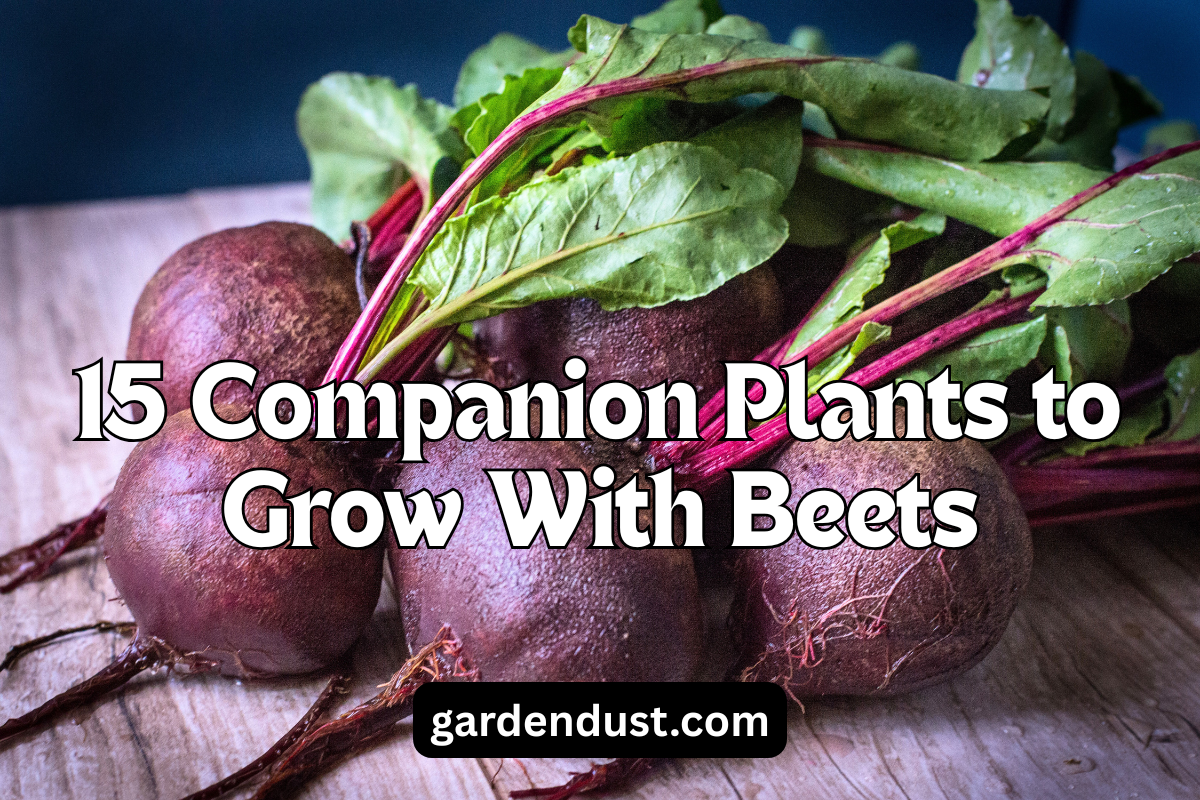Impatiens, often referred to as “busy Lizzies” or “touch-me-nots,” are a popular choice for gardeners looking to add vibrant colors and a touch of elegance to their outdoor spaces. These lovely annuals or perennials (depending on the variety) are known for their stunning blooms and adaptability to various growing conditions. Whether you’re a seasoned gardener or just starting your gardening journey, this comprehensive guide will help you to How to grow and care for Impatiens successfully.
Native– Africa, Asia, and North America.
Botanical Name-Walleriana
Colors -white, pink, purple, lavender, red, orange, and bicolor variations
Plant Type-herbaceous annual or perennial plants
Family-Balsaminaceae
Blooming Season/Time-Late spring to early fall
Planting Impatiens
Now that you’ve selected the right impatiens variety, it’s time to get your hands dirty and start planting:
- Timing: In most regions, impatiens are typically planted in the spring, after the last frost date. In warmer climates, you can plant them in late winter or early spring.
- Prepare the Soil: Clear the planting area of weeds and debris. Loosen the soil to a depth of about 6 inches (15 cm). If your soil is sandy or heavy clay, consider amending it with organic matter to improve moisture retention.
- Planting Depth: Dig holes for your impatiens that are about the same depth as the root balls of the plants. Space them according to the recommendations on the plant tags.
READ ALSO:-How To Grow And Care For Nasturtiums
Caring for Impatiens
Once your impatiens are in the ground, ongoing care is crucial for their health and vibrant blooms:
- Sunlight: Impatiens generally prefer partial to full shade, making them ideal for planting under trees, on shaded patios, or along the north side of buildings. New Guinea impatiens can tolerate more sun than traditional impatiens.
- Climate: Different impatiens varieties thrive in specific climates. Traditional impatiens are suitable for temperate regions, while New Guinea impatiens are more heat-tolerant and thrive in warmer climates. Balsam impatiens are well-suited to cooler areas.
- Mulch: Apply a layer of organic mulch, such as shredded bark or compost, around your impatiens. This helps retain soil moisture, suppress weeds, and regulate soil temperature.
- Fertilization: Feed your impatiens with a balanced, water-soluble fertilizer every 2-4 weeks during the growing season. Follow the package instructions for the correct dosage.
- Pruning: Deadheading (removing spent blooms) encourages continuous flowering. Simply pinch or snip off faded flowers to promote new growth.
- Pest and Disease Control: Keep an eye out for common impatiens pests like aphids, spider mites, and whiteflies. Treat any infestations promptly with insecticidal soap or neem oil. To prevent disease, ensure good air circulation and avoid overhead watering.
- Watering: Impatiens are thirsty plants. Water them consistently, but avoid wetting the foliage, as this can lead to fungal issues. Water in the morning to allow the leaves to dry before nightfall.
- Overwintering: In colder climates, impatiens may not survive the winter. Consider taking cuttings or bringing potted plants indoors before the first frost. Alternatively, treat impatiens as annuals and replant them in the spring.
Common Problems and Solutions
While impatiens are relatively low-maintenance, they can face a few issues:
- Powdery Mildew: This fungal disease appears as a white, powdery substance on the leaves. To prevent it, ensure good air circulation and avoid overcrowding your impatiens. If it occurs, treat with a fungicide.
- Yellowing Leaves: Yellowing leaves may indicate overwatering or nutrient deficiencies. Adjust your watering schedule and fertilize as needed.
- Leggy Growth: If your impatiens become leggy and sparse, it may be due to insufficient sunlight. Consider moving them to a location with more shade or supplementing with artificial light.
- Pests: Monitor your impatiens for signs of pests like aphids or spider mites. Early detection and treatment are key to preventing infestations from spreading.
Propagation of Impatiens
Seeds:
- Collect seeds from mature Impatiens plants when seed pods turn brown and start to split.
- Use well-draining seed-starting mix in trays or containers.
- Sprinkle seeds evenly on the surface and lightly press them in (they need light to germinate).
- Keep soil consistently moist, and cover with plastic or a transparent lid to create a greenhouse effect.
- Germination usually takes 7-14 days.
- Transplant seedlings once they have a few true leaves.
Cuttings:
- Take 3-4 inch cuttings from healthy Impatiens plants, just below a leaf node.
- Remove lower leaves to leave only a few at the top.
- Plant cuttings in pots filled with well-draining potting mix.
- Cover with a plastic bag or clear dome to maintain humidity.
- Place in indirect light at temperatures around 70-75°F (21-24°C).
- Roots should develop in 2-4 weeks; then, transplant them.
Division:
- Best done in early spring or late summer/early fall.
- Dig up the mature Impatiens plant carefully to preserve the roots.
- Separate the root clumps into smaller sections, each with roots and stems.
- Replant divisions in desired locations in the garden or containers.
- Keep the divisions well-watered until they establish themselves.
Impatiens are a delightful addition to any garden, offering a burst of color and charm. By selecting the right variety, providing proper care, and addressing common issues, you can enjoy lush impatiens displays throughout the growing season. Whether you plant them in a flower bed, container, or hanging basket, these versatile flowers are sure to brighten your outdoor spaces and bring joy to your gardening experience. Happy Gardening….
READ ALSO:-How To Grow And Care For African Violet







